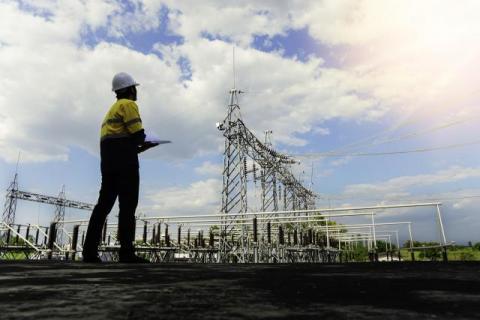Biden's Plan to Address America’s Critical Infrastructure Needs
July 26, 2021A little over two months into office, President Biden announced a wide-sweeping American Jobs Plan, which focuses on making improvements to the country’s infrastructure. The deal has undergone revisions since Biden originally introduced his ideas in March but remains focused on nationwide structural improvements.
It’s no surprise that Biden issued a plan focused on critical infrastructure. Per the American Jobs Plan Fact Sheet, “The United States of America is the wealthiest country in the world, yet we rank 13th when it comes to the overall quality of our infrastructure.”
Areas of concern include roads, bridges, water systems, electrical grids, and a lack of affordable high-speed internet. The plan also addresses the need for creating jobs at higher wages, workforce training, and improving the care economy, specifically with home care workers.
According to CNN, Biden’s original plan came in at a budget of $2.25 trillion. With the bipartisan revisions, that number has dropped to $1.2 trillion. Most pushback on the initial plan was related to items that Republicans did not view as “classic infrastructure items,” reports Katie Lobosco and Tami Luhby for CNN.
Inclusions in the Current Infrastructure Plan
- Roads and bridges. Though reduced from an initial budget of $159 billion to $109 billion, this is a key component of Biden’s plan. Per the Fact Sheet, this includes fixing the ten most economically significant bridges in need of reconstruction, modernizing 20,000 miles of roadway, and repairing 10,000 smaller bridges.
- Transit and Airports: Public transit, such as ports, airports, and transit systems will also be upgraded. According to CNN, “The plan would provide $49 billion for public transit, $66 billion for rail, $25 billion for airports and $16 billion for ports and waterways.”
- Water, electricity, and broadband. CNN shares that $55 billion is earmarked for water infrastructure and $75 billion in power infrastructure. This includes eliminating all lead pipes and service lines and laying new transmission lines. For broadband access, “it will bring affordable, reliable, high-speed broadband to every American, including the more than 35 percent of rural Americans who lack access to broadband at minimally acceptable speeds,” according to the Fact Sheet.
Also listed among the projects in Biden’s plan is, “Build, preserve, and retrofit more than two million homes and commercial buildings, modernize our nation’s schools and child care facilities, and upgrade veterans’ hospitals and federal buildings.”
The Need for an Infrastructure Plan
The recent tragedy in Surfside, Florida, where half of a condo complex collapsed in the middle of the night, with 46 confirmed dead and 96 still missing (as of 7/7/2021) has brought new attention to the potentially deadly consequences of not addressing failing residential buildings, among other infrastructure needs.
Several articles have been published in response calling for more attention to the structural integrity of buildings, such as the Millennium Tower in San Francisco and in Arlington, Virginia, which has “most of the older high-rise residential buildings in Virginia,” according to Mayor Justin Wilson.
Regardless of the final version of the infrastructure plan that will be voted on by Congress, there will be a heavy focus in this area over the next eight years as vital and necessary updates to America’s infrastructure are put into place.
Learn more about Capitol Tech’s degree programs in Construction, Facilities, and Safety and Security, Intelligence, and Critical Infrastructure. Many courses are available both on campus and online. For more information, contact admissions@captechu.edu.



